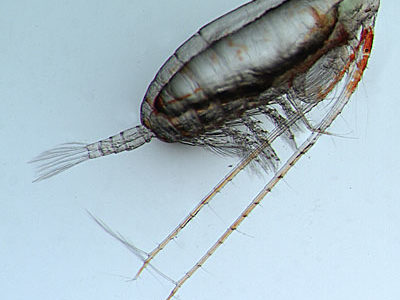
Stratification is Changing
Stratification is Changing
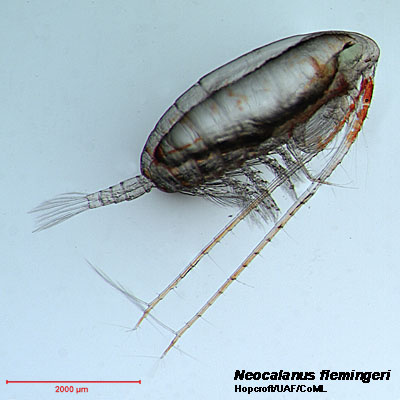
Credit: Russ Hopcroft
The coastal Gulf of Alaska water column is becoming progressively more stratified — the entire water column is warming, but more rapidly at the surface than near the seafloor, while near surface waters are becoming fresher. This is due to multiple factors including the air-sea heat flux, ocean heat flux convergences, the stabilizing influence of runoff, the destabilizing effects of cooling and vertical mixing, and the wind driven cross-shelf buoyancy flux. Stratification impacts the water column mixing in winter that helps reset the shelf for the next season’s biological production. Therefore, the concentration and composition of the phyto- and zooplankton community shows direct and indirect connections to the thermal conditions of the Gulf of Alaska shelf. These far reaching implications for upper trophic levels could only be detected using a high quality, multi-decade dataset.
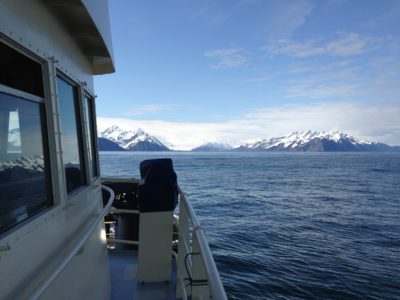
Trophic Effects of 2015-16 Warming Event
Trophic Effects of 2015-16 Warming Event
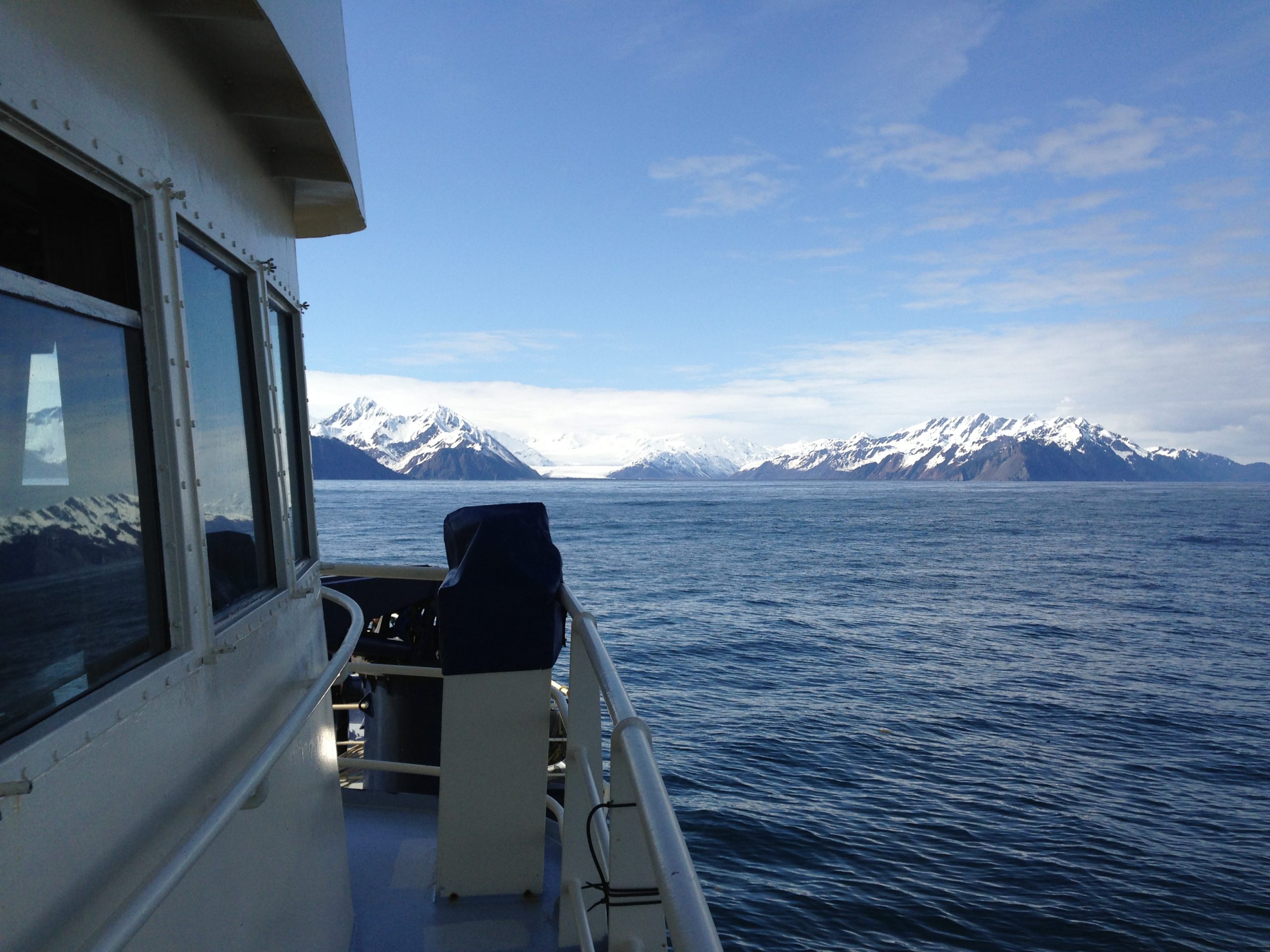
Credit: Ana Aguilar-Islas
Reductions in primary producer average cell size and biomass followed the 2015-2016 warming, as did corresponding reductions at higher trophic levels. In addition, southern zooplankton species of smaller body size invaded the region and anomalous increases in gelatinous zooplankton population were observed. These changes, which could represent a window into the future of the Northern Gulf of Alaska, were associated with widespread seabird mortality, reduced forage fish abundance, and range shifts or reductions in commercially important groundfish species. The anomalous nature of the warm period was only evident in the context of long term observations establishing the typical subarctic character of this pelagic ecosystem.

Iron-deficient Surface Waters are Common During Spring
Iron-deficient Surface Waters are Common During Spring
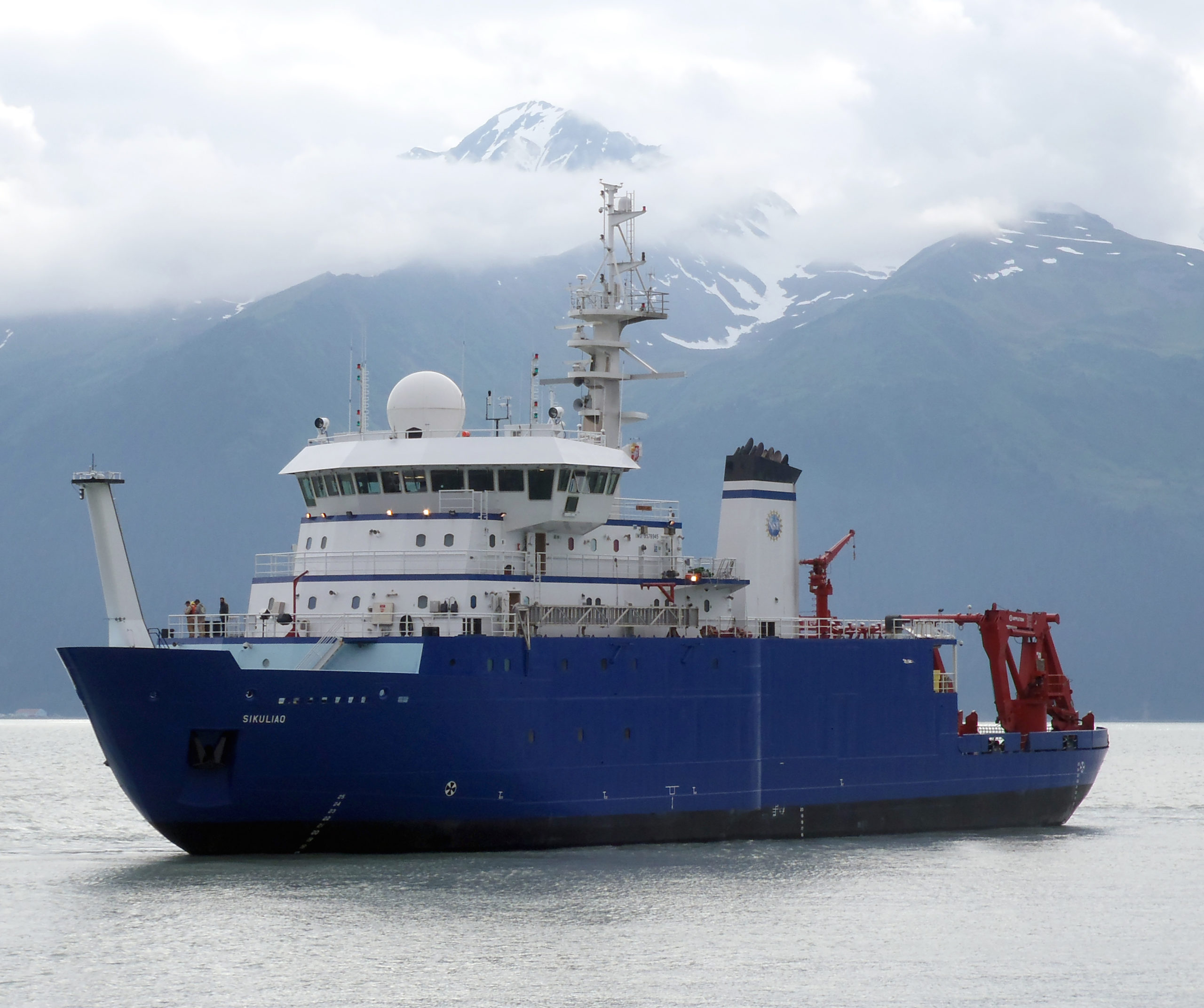
Credit: NGA LTER
Although glacial input leads to high iron concentrations during summer and fall within the narrow Alaska Coastal Current, the ratio of iron to nitrate over the Northern Gulf of Alaska shelf in spring can be low enough to lead to nutritional stress in diatoms. This mismatch in essential nutrients likely affects phytoplankton community evolution during the spring bloom.
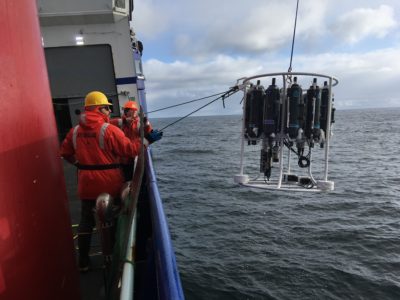
Modeling Illuminates Eddy-induced Cross-shelf Transport
Modeling Illuminates Eddy-induced Cross-shelf Transport
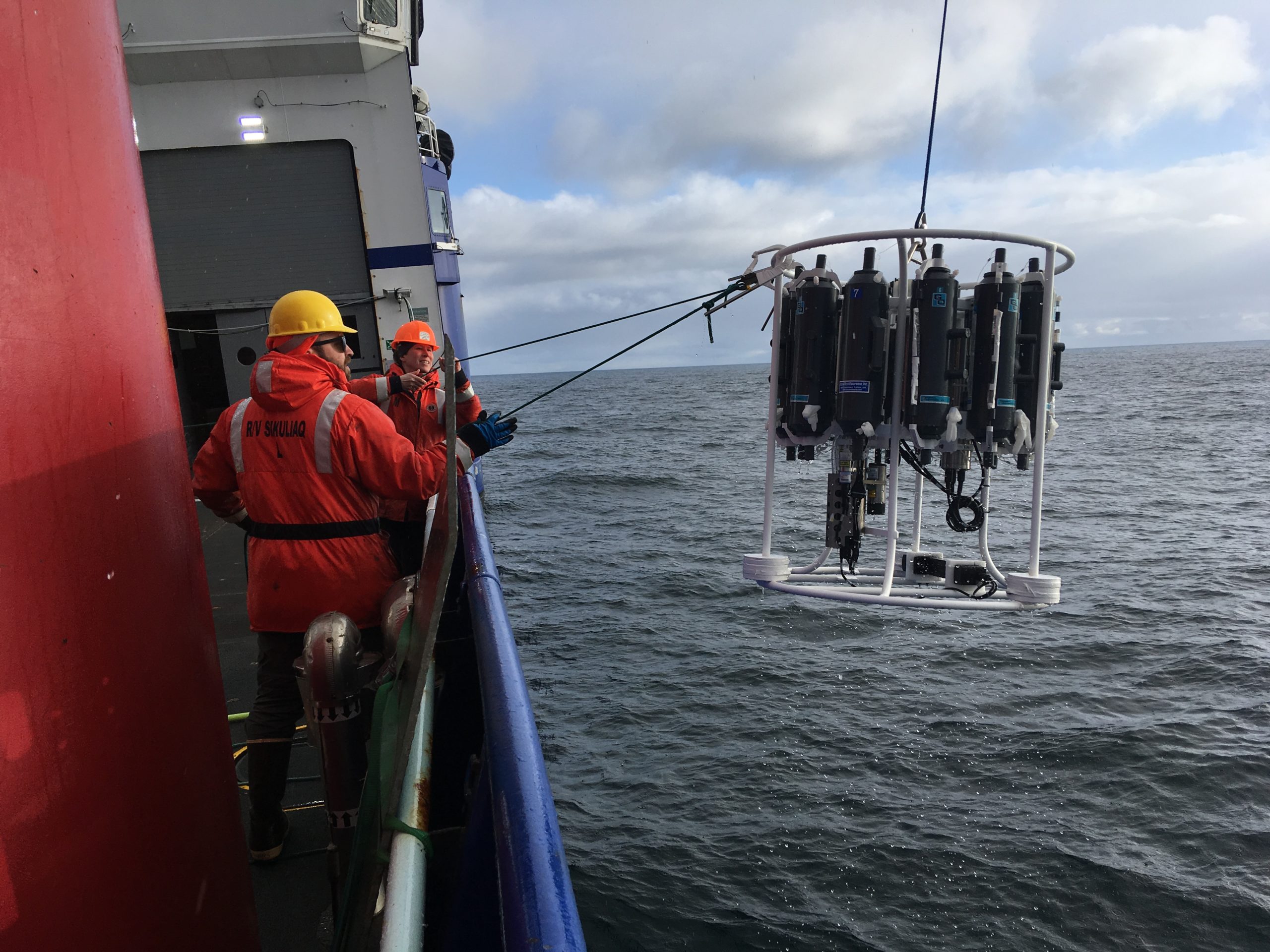
Credit: Seth Danielson
Modeling at NGA LTER investigates how the complex interplay between the strongly seasonal freshwater discharge at the coast and offshore eddies controls horizontal gradients of limiting nutrients (nitrate and iron). This work builds on previous modeling studies in the region that utilized Seward Line observations to improve the accuracy of simulated physical and biogeochemical fields. Moreover, previous models quantified the importance of eddy induced entrainment of shelf iron to offshore primary production, which extends to phyto- and zooplankton community structure.










